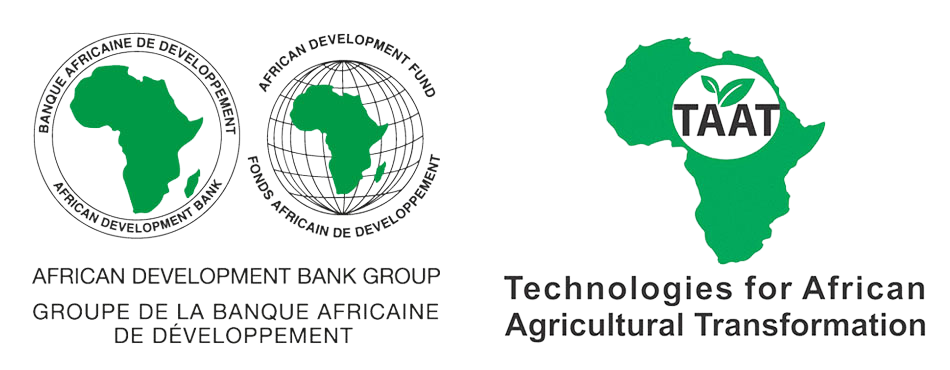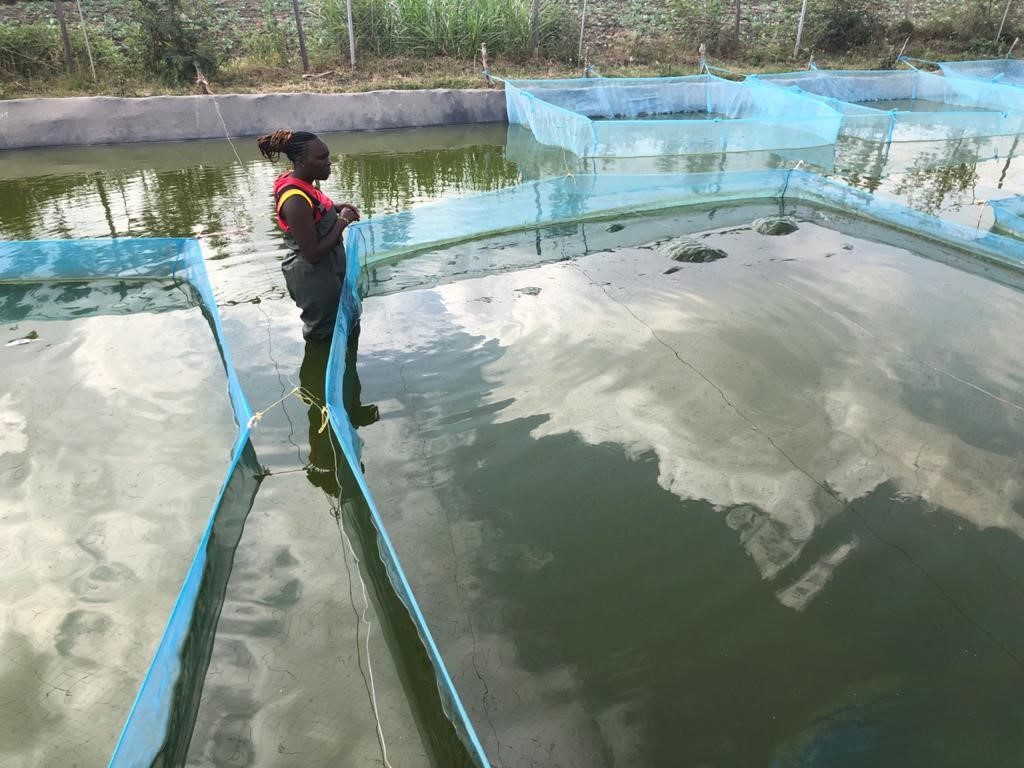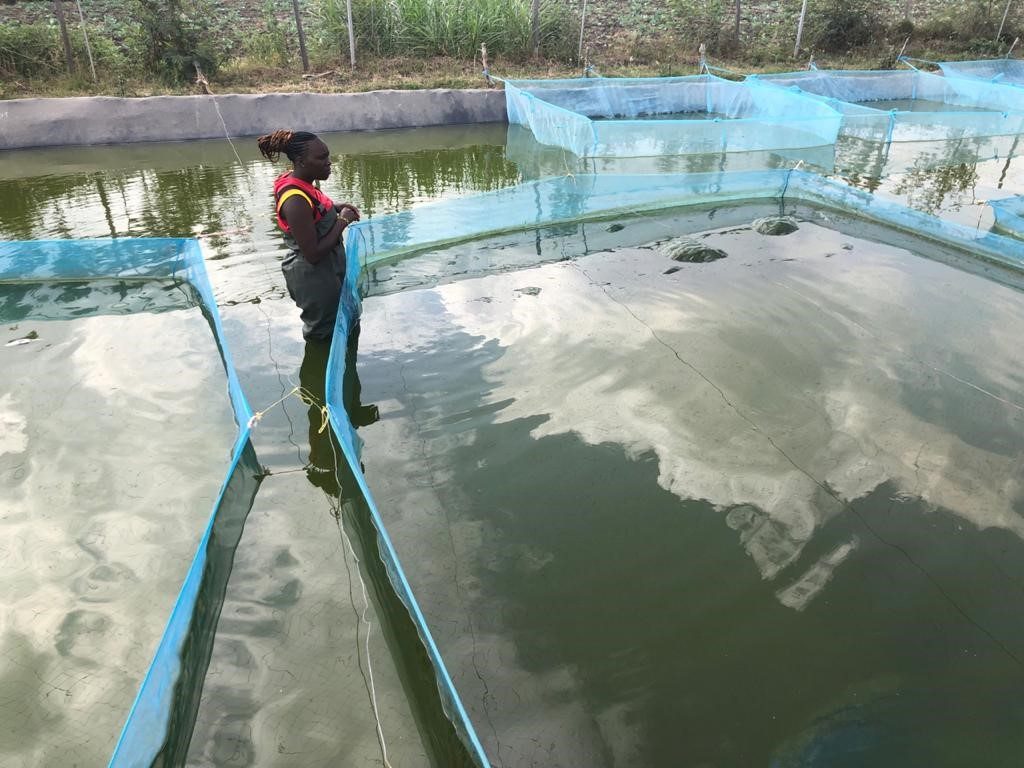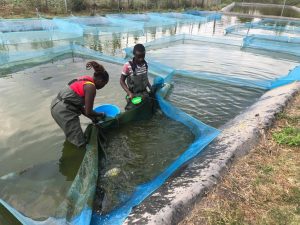Adoption of Fingerling Production Technologies transforms livelihoods in Kenya
Zinath Deen, a fish farmer from Vihiga County in Western Kenya.
She has been practicing fish farming since 2012 in her farm called Tigoi Fish Farm. What began as a hobby for her later transformed into full-fledged business.
Over the years, Zinath has been struggling to produce fingerlings due to inadequate information and technology. She however experienced a turnaround upon her participation in a training on production of tilapia fingerlings. Organized by the Aquacultural Association of Kenya in collaboration with the Aquaculture Compact (TAC) of Technologies for African Agricultural Transformation (TAAT), Zinath’s eyes practically opened to a world of opportunities through best practices in fish farming.
“I realized that I was doing the production of fingerlings the wrong way and resolved to do things the right way henceforth,” Zinath said.
Sponsored by the African Development Bank as part of its Feed Africa Initiative, TAAT’s main objective is to improve the business of agriculture across Africa by raising agricultural productivity, mitigating risks and promoting diversification and processing in 18 agricultural value chains within eight priority intervention areas.
The programme increases agricultural productivity through the deployment of proven and high-performance agricultural technologies at scale along selected nine commodity compacts which include aquaculture.
The bank, through the TAAT Aquaculture Compact (TAC) disseminates aquaculture technologies at scale by increasing aquaculture value chain actors’ productivity, increasing fish protein consumption and enhancing sustainability across the value chain.
Led by the WorldFish Centre, TAC responds to emerging opportunities for partnerships, influence and impact in fisheries and aquaculture across Africa.
Through its collaboration with the Kenyan Aquacultural Association, the compact was able to train fish farmers and breeders including Zinath on several technologies which included production of fingerlings in hapas, smoking of catfish in modern smoking kiln, value addition and production of affordable fish feed using locally available ingredients. Women and youth were the prime targets of the training with a view to creating jobs while assuring food security.
Following the training in 2019, Zinath and her fellow fish farmers, by the fourth quarter of 2020, were able to increase their production tenfold. Their annual production increased from 120,000 to 360,000 mono sex tilapia. Annual income also increased from $16,649 to $49,440.
With increased income through her fish farm production, Zinath was able to increase her number of employees from 2 to 5. She was also able to transfer the technology to 38 farmers who participated in the training sessions she organised in her farm.
Zinath’s experience as well as that of her colleagues, further accentuates the fact that with right technology, fish farmers are able to graduate from subsistence to commercial producers of fish hence improving their livelihoods through increased income.
The TAC team will therefore continue on this trajectory of disseminating technology to more farmers so as to integrate it with the other methods of fingerling production.




